How to Select the Best Safari Experience
The chance to go on safari is a fun and exciting opportunity. It tugs at our heart strings, teases us with adventure, and can bring to mind visions of early explorers and naturalists cutting their way through lush jungle in the pursuit of new and exotic animals. While the realities of modern day safari going have changed significantly, there should be no doubt in your mind that most of the adventure is still there. After all, you’re essentially taking the concept of a zoo and inverting it. In place of locking the animals in small enclosures and then parading a procession of wild and savage humans past, you’re tossing a small group of humans into a vehicle while encouraging some of the world’s most powerful and majestic animals to take a closer look.
With three safaris under my belt I dare not claim to be an expert. Luckily those three safaris have been diverse, action-packed, and have provided the following insights which I’m eager to share with you. These experiences converted me from a safari skeptic to a safari addict and were quite honestly some of the most magical travel experiences I’ve ever had. The suggestions in this post are based on observations and conversations taken from my six day South Luangwa luxury safari, three day Chobe National Park camping safari, and three day wild polar bear safari in Churchill Manitoba. For the sake of this post, I’m excluding various day trips that I’ve done which might be considered casual safaris (eg: A penguin excursion in Tierra del Fuego) as I don’t think they qualify as the type of safari relevant to this post.
Pick Your Destination
While all three safaris were wonderful experiences the South Luangwa Safari and the Churchill Safari offered a much richer and more appealing experience. Exploring all comes down to one fundamental factor: location. This seems straight forward enough but it’s actually more complicated than you might initially assume. It is essential that you pick a safari with the overall location in mind. When we ultimately chose South Luangwa for our safari, there were a lot of factors that influenced us. These included time of year, location in the park, the animals that are present in the park; and the size of the park. What we also learned to look at were the types of regulations in place for the safari operators. These include things like the hours that are available for safari (we were allowed early evening drives in South Luangwa but in Chobe had to be back in camp by 6:30 sharp), existing facilities, and the number of safari operators/vehicles licensed in the park.
Go For Immersion
On a more localized level it is important to understand that not all safari operators have equal access. The operator I used in South Luangwa was Shenton Safaris. The operator I was with in Churchill was Frontiers North/Tundra Buggy. In both instances these operators had their camp/lodge situated deep within the park. Shenton’s Kaingo camp is one of the most rural in South Luangwa, while Frontiers North has a special (exclusive) concession that allows them to operate their mobile Tundra Buggy Lodge in Wapusk National Park.
While not guaranteed this translates to less competition and better access. It’s important to understand that the typical safari usually only covers a few square miles. So, while I initially expected that a six day safari would lead to six days of new terrain and new roads, I learned that it meant six days covering the same few square miles. This makes sense as the parks that safaris are in are only so big, there’s usually only so much “prime” real estate, and because the animals themselves tend to be quite mobile. This also means that the more safari vehicles you have in a set area the more disruption, competition and…well…traffic you’re going to have. Nothing kills the feel of a safari like a line of 8 or more land-cruisers jockeying for position around two annoyed lions. Interestingly, this held true for both my African and my Canadian safaris. In both cases the best moments occurred within a mile of our central base – something that attests to the value of being situated in the right location.
Location, Location, Location
In the case of my Canadian safari, being based out of the Tundra Buggy Lodge provided incredible opportunities that all of the others missed. Despite spending the entire day on the tundra for three days in a row, the best viewing typically occurred in the first two hours and within a quarter mile of our starting location. Which is significant because all of the safari goers using other companies or doing day trips had to spend nearly an hour and a half in commute time each way to get in/out of the park. In short, most of the best action was over by the time they started their day. It also meant that we got to enjoy the sunrise out on the Tundra every morning which was ideal for photography and made for magical moments. In the case of our South Laungwa Safari, the structure was slightly different but the same was true with easy access in the early morning hours and the opportunity to enjoy the sunset before engaging in a brief nighttime safari each evening.
Less Is More
Remember: Fewer people per vehicle is always better. In a safari experience the animals will likely appear all around the vehicle. This means that you’ll want to be able to see them no matter where they are. If you’re sandwiched into a bus sitting between two people you’re not going to be able to see the animals properly or to get the photos you want. The more people on a vehicle, the more motion and the more noise. Unfortunately the concept of not scaring the animals seems to be overly complex for some people. Fewer people makes for much more valuable and enjoyable experiences when it comes to safaris so look at vehicle size and for safaris with caps on the number of people per group.
Do As The Wise Do
My final suggestion is to chase the experts. A good guide is every bit as important as your location. Good guides that are photographers and/or have worked with professionals from organizations like National Geographic are worth their weight in gold. The trips, guides, and safari companies they use tend to cost a little more. Better guides and fewer people are worth it. Even if you can’t book with one of the companies that National Geographic, professional photographers, and professional cinematographers use or have worked with in the past it’s a great way to figure out where to book your next safari. In the lead up to my recent trips I never imagined I’d be seeing first-hand, up close and personal, the type of amazing moments that make National Geographic and specials like Planet Earth so staggeringly beautiful.
There Are Great Budget Safaris Out There
If you find yourself on a tight budget, don’t despair. While I’ve focused on how to select the best safari experience, that doesn’t mean that more backpacker friendly options (like my Chobe safari) won’t be wonderful! While the immersion and quality of experience of the Chobe safari was not the same as the other two, the price was much more practical. I was able to see a number of amazing animals and was extremely happy with each of my safari experiences. I’ve been told I have great safari karma, but more importantly it all comes down to doing your research, having a laid-back/flexible approach, and enjoying each moment and each surprise as it comes. Don’t be afraid of being bored while on your safari. If you’ve got a good guide and are are in a great location you can easily spend days chasing the animals without feeling bored or tired.
As a final thought, make sure you take a powerful camera lens with you on your safari. While we were able to get extremely close to the animals, having my Canon 55-250mm lens made a significant difference in the quality of the photos I was able to take. The photos in this post were taken during safari on my Canon T3i (600D).
Have a safari tip of your own? I’d love to hear it!
**The Safari company I used in Chobe was Kalahari Tours which was booked through Jollyboy’s Hostel. My trip with Shenton Safaris was a paid family trip. My trip with Frontiers North was provided as a gift prize through a partnership with the Canadian Tourism Commission and Travel Bloggers Unite.
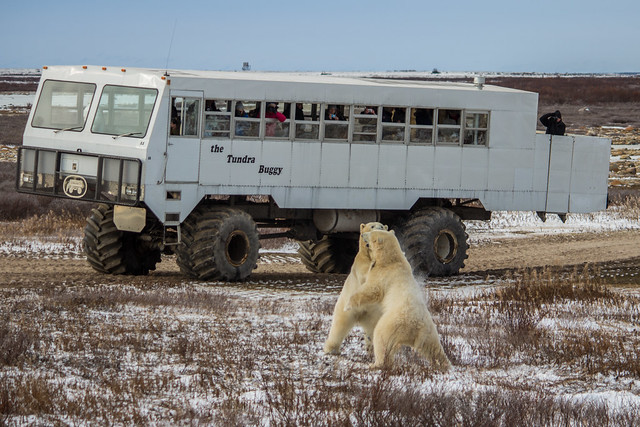

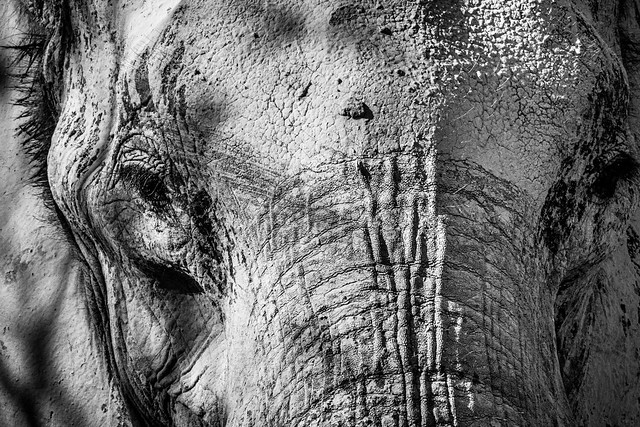

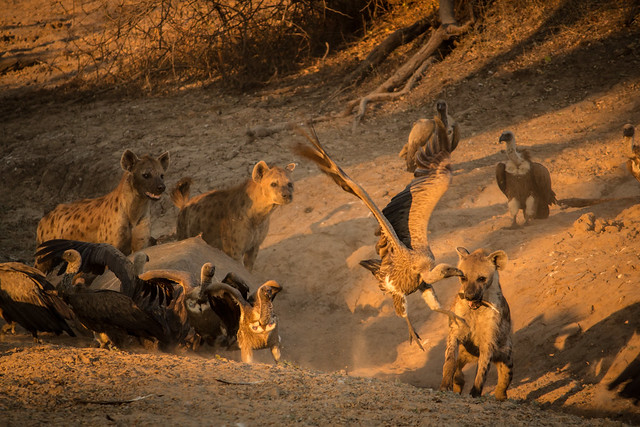
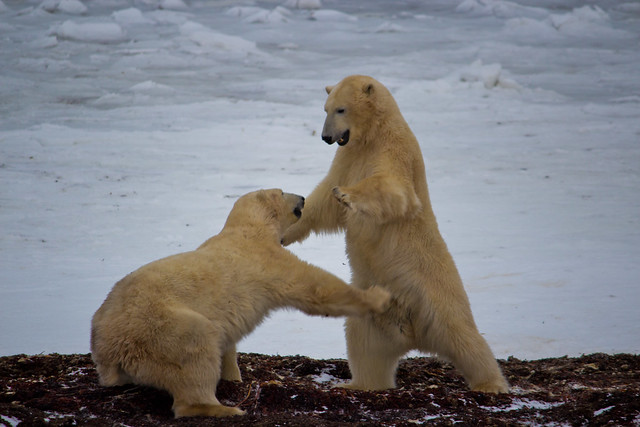
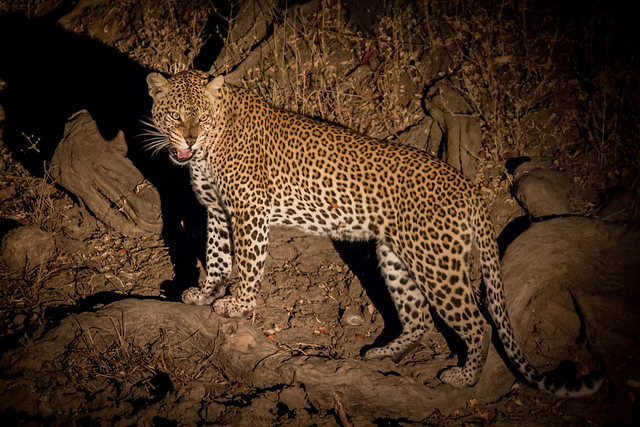
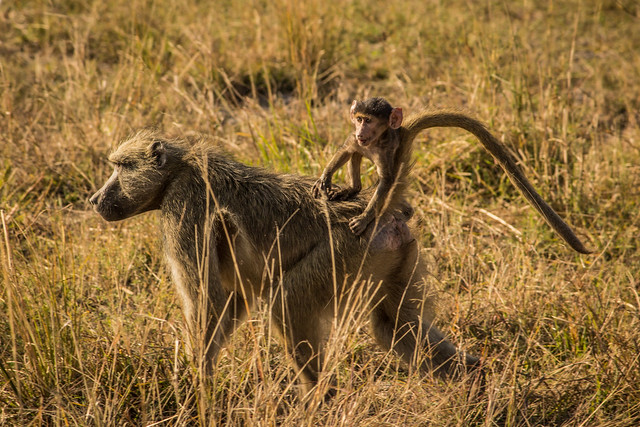
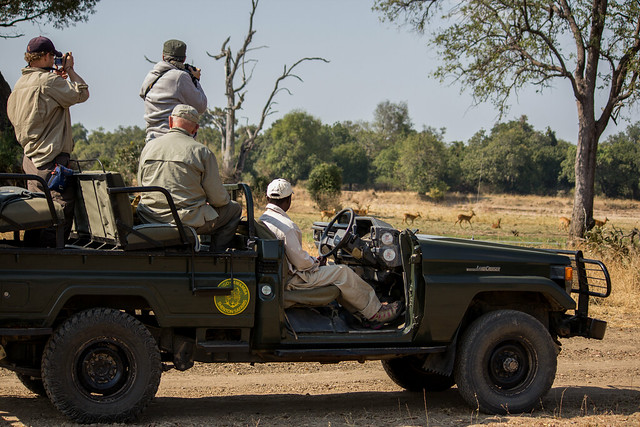

Nice article, Alex. I did a three+ week budget safari around East Africa (mainly Kenya and Uganda with a drop in to Rwanda and Tanzania). I had a fairly good time, but I would like to point out the following (in addition to your fantastic tips above):
– cheapest is not best. If you’re on a budget and you choose a budget tour make sure you look for the hidden extras. In my case at least 1/3 of the trip had a cost I hadn’t been advised of, from entry to certain parks to tipping your guide. The guide in our case was very angry that we didn’t tip him enough.
– If you travel alone, make sure you’re comfortable with sharing a tent with a stranger and putting up a tent (I got really good at the latter in the end and could do it on my own!)
– Your safari will probably include food that you may have to cook yourself. That’s fine, but if you’re like me and love sampling local fair, you’ll probably miss out.
But mainly, if it sounds too good to be true for a low, low price, it probably is. Travelling as single female I was hit on relentlessly by both the cook (who assisted us) and the tour leader, who at one stage demanded that I sleep with him. Also, the cost I’d budgeted for seemed to spiral out of control with all of the extras.
Sounds like you covered some amazing territory! That’s a real bummer about all the issues you had though. The nickle and dimeing side of things really gets under your skin quickly and leaves a sour taste doesn’t it?
It sounds like the Safari staff were looking for a whole different type of tip. I think there’s an entire blog post in that topic alone. I can’t count how many times I’ve seen the tour staff more interested in chasing the girls on a tour (often uncomfortably) than actually leading the trip and doing their job. Though perhaps the worst is when they actually succeed – I remember watching it happen on a sailing trip in Belize with the boat crew and two incredibly annoying Norwegian girls. Then we had an issue with it again while in Livingston when one of the girls we were grabbing a beer with was basically stalked by her obnoxious river guide from earlier in the day. It actually looked like we were going to get into a fight when my brother and I intervened and chewed him out, lol.
The professional ethics of it aside, it has always given me a little bit of a chill thinking about how dirty some of those guys must be. Nothing like a few STDs to go with a trip experience ehh?
Awesome pictures my friend! Good post!
Appreciate it Dan!
Amazing pictures and helpful tips! We don’t have plans to go on a safari right now, but doing one in Africa is a major dream trip of mine, and it just seems like there are SO many options. Nice to hear a few good ways to narrow things down.
It’s very true. There are a ton of options and different parks! It can be pretty daunting and intimidating when you’re first starting to do your research!
I’ve been dying to go on safari but the possibility of a bunch of other vehicles all vying for a spot makes me not want to go. It seems too commercialized.
It is my dream to see polar bears in the wild and so we went to Svalbard. We didn’t see any but there are no “polar bear safaris” there; all encounters are by accident. They don’t bait the animals to come to certain areas. I’ve heard this is the case in Manitoba and so I’ve essentially avoided the area because it just doesn’t seem like an authentic experience. My next chance at seeing polar bears will probably be in Greenland, where encounters are too by chance.
Hi Jennifer,
I just wanted to respond to your comment. Alex, I hope you don’t mind me jumping in here. I wanted to clarify your point about baiting polar bears in Manitoba. Frontiers North Adventures, the company I work for and the company that Alex traveled with executes our polar bear safaris in the Churchill Wildlife Management Area. This is a permitted area managed by Manitoba Conservation. What that means is to operate in this area, we are required to have permits to operate here and we must adhere to strict guidelines set by Manitoba Conservation. Specifically there is no feeding or baiting of bears permitted whatsoever. It is one of the FIRST rules we tell our guests when they travel with us to the Wildlife Management Area. We strive to provide our guests with authentic experiences. We do not chase down wildlife (in fact we stick to a set a established trails) and we definitely do not feed the wildlife. I would be happy to tell you more if you’d like. Please feel free to contact me directly. I hope this helps answer your questions and I can assure that if you want to see polar bears in the wild, Churchill, Manitoba is the best place in the world to immerse yourself in the world of polar bears!
Not at all Tricia, glad you responded.
Jennifer – sorry about the delayed response. I’ve been having issues with comment notifications recently.
The really cool thing about Manitoba is that it is a natural gathering point for the bears. They’re concentrated there because of how the bay freezes over which, to the best of my understanding, is part of why the Wapusk National Park was created. While the bears were obviously curious about our vehicles and the two lodges that are in the area that’s about the extent of the artificial interaction. As Tricia mentioned the guides have to stick to set paths, and the vehicles are so slow to begin with that it would pretty much be impossible to chase the bears even if they wanted to.
Our guides were fantastic and absolutely love the bears as well. I think they kept as close an eye on us as they did the bears, making sure we respected them and followed the rules. I can definitely see why Polar Bears International and other research organizations work closely with Frontiers North. Also, during the three days I was out at the lodge we never touched the ground – so for that entire time we were essentially separated from the bears. The drivers never chased the bears and never jockeyed to get right on top of them as I’ve seen more traditional safari drivers do. Keep in mind that these bears are the supreme (natural) predators in the area, are extremely intelligent, and very curious.
The number of bears I saw had much more to do with being in a prime migratory location and much less to do with other factors. The bears move up the coast, and you’re there along the coast, so they migrate across you.
Bummer you didn’t have any luck in Svalbard! It and Greenland are both on my list as well!